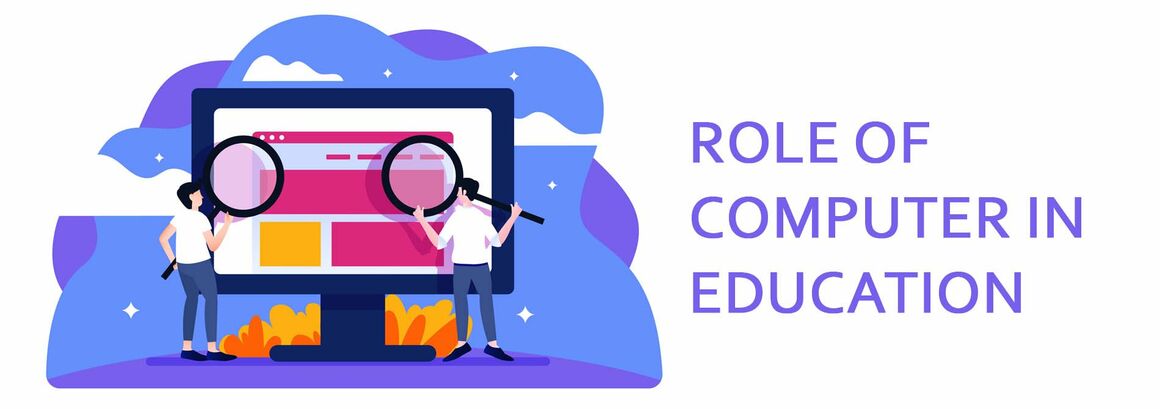The Role of Computers in Education article

Introduction :
Computers have revolutionized the way we learn and teach, and their role in education is becoming increasingly important. In this article, we will explore the ways in which computers are used in education, the benefits and limitations of technology in the classroom, and the challenges of ensuring equal access to educational technology.
-
Requirements
- Windows 11, macOS, Linux
-
Steps to follow
-
One of the most significant ways in which computers are being used in education is through online learning platforms. These platforms provide students with access to a wealth of educational resources, including lectures, videos, and interactive exercises. They also allow students to interact with their peers and teachers in virtual classrooms, enabling them to collaborate on projects and receive feedback on their work.

-
The use of educational software and applications is another way to use computers in teaching. These tools provide students with engaging and interactive learning experiences, allowing them to explore complex concepts in a more visual and interactive way such as Microsoft 365, Google Classroom and more.

-
The use of computers in teaching also allows for personalized learning experiences. Through learning analytics and artificial intelligence, teachers can better understand each student's learning style, strengths and weaknesses and tailor their instruction to their individual needs. This can help students learn at their own pace and in the way that works best for them.

Despite the benefits of using computers in education, there are also some limitations to technology in the classroom. One major concern is that technology can be a distraction, with students becoming more interested in social media and games than in their studies. Additionally, the use of technology can exacerbate existing inequalities, as students from lower-income backgrounds may not have access to the same resources as their more affluent peers.
Ensuring equal access to educational technology is a significant challenge, but there are efforts underway to address this issue.
In conclusion, computers are playing an increasingly important role in education. They provide students with access to a wealth of educational resources, enable personalized learning experiences, and allow for collaboration and interaction with peers and teachers. However, there are also concerns about the potential distractions and inequalities that technology can create. As we move forward, it is essential to find ways to harness the power of technology while also addressing these challenges to ensure that all students can benefit from the opportunities that it provides.
-


